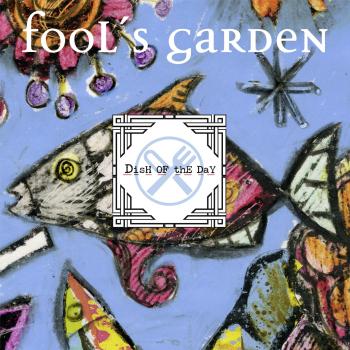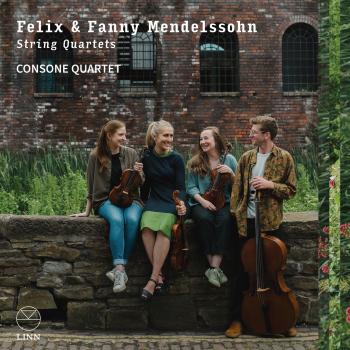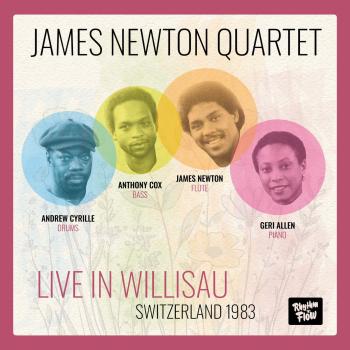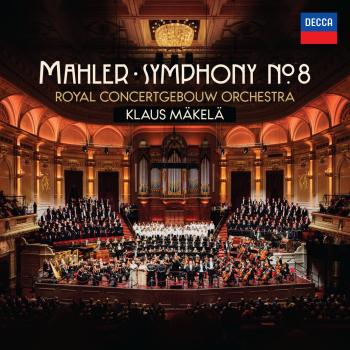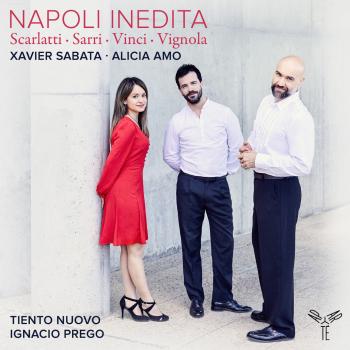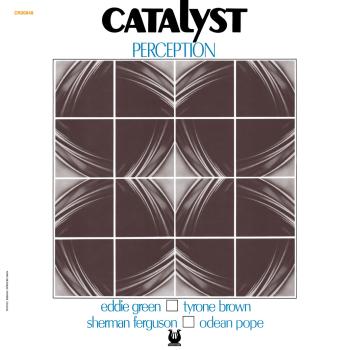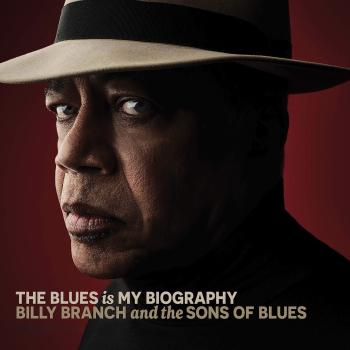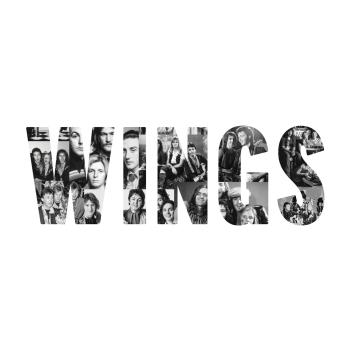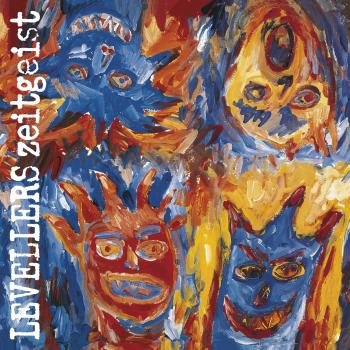
Grand Stan Stan Levey feat. Sonny Clark
Album Info
Album Veröffentlichung:
1957
HRA-Veröffentlichung:
05.03.2014
Das Album enthält Albumcover Booklet (PDF)
- 1 Yesterdays 05:20
- 2 Angel Cake 05:45
- 3 Why Do I Love You 03:32
- 4 Grand Stan 07:21
- 5 Hit That Thing 05:16
- 6 Blues At Sunrise 06:27
- 7 A Gal In Calico 06:21
- 8 Tiny's Tune 06:09
Info zu Grand Stan
Stan Levey was one of the leading drummers of his generation who was not only involved in the formative years of bebop, but was accepted as one of its most important drummers, alongside greats like Kenny Clarke and Max Roach. Stan was a major influence in what was called “west coast jazz” or the “cool school.” His crisp, melodic style continued to have more in common with bop than cool, and he inspired every group he ever played in.
Of the 2000 some recordings Stan was featured on, he surprisingly only appeared as leader on only a handful. The best of those rare sessions was his 1957 Bethlehem Records release Grand Stan cut in the midst of his stint with Howard Rumsey’s Lighthouse All-Stars and featuring accompaniment from Sonny Clark (pianist), Conte Condoli (trumpet), Richie Kamuca (tenor saxophone) and Leroy Vinnegar (bass).
A beautiful west coast jazz program, Levey leaves the players plenty of room to more than show their stuff throughout especially trombonist Frank Rosolino who manages to consistently steal the show. Seven song set highlighted by 'Angel Cake,' 'Hit That Thing' and 'Blues At Sunrise.'
Conte Candoli, trumpet
Richie Kamuca, tenor saxophone
Frank Rosolino, trombone
Sonny Clark, piano
Leroy Vinnegar, upright bass
Stan Levey, drums
Recorded in Hollywood, California, November, 1956
Digitally remastered
Stan Levey
worked with Peggy Lee, Ella Fitzgerald, Bobby Darin and many other singers, and with the big bands of Benny Goodman, Woody Herman and Stan Kenton. He was also a ubiquitous presence in Los Angeles recording studios for many years. But he earned his place in jazz history primarily through his work with Charlie Parker and Dizzy Gillespie, the leading lights of bebop.
A self-taught drummer who played left-handed even though he was naturally right-handed, Mr. Levey was still a teenager when he began attracting attention for the ease with which he handled the breakneck tempos and tricky accents of the modern style. Working with Gillespie and Parker, he also attracted attention for being one of two white musicians (the pianist Al Haig was the other) in an otherwise all-black group, by no means a common sight in the 1940's.
Stan Levey was born in Philadelphia on April 5, 1926. The son of a prizefight promoter, he took up boxing about the same time he took up drums, and for a few years pursued both careers. But boxing, at which he was never exceptional, soon lost out to drumming, at which he was.
His work with Gillespie and Parker in 1945, when bebop was new and controversial, won him the admiration of his peers but not much of a living. Greater success came a few years later when he began working with big bands.
In 1954, after two years with Kenton, he settled in Los Angeles, where he spent five years with the Lighthouse All-Stars, the group in residence at a popular local nightclub. He was also in great demand for studio work, recording with many of the best-known musicians in jazz and playing on hit records like Peggy Lee's "Fever". In addition, his drumming was heard on the soundtracks of hundreds of movies and television shows, including five Disney documentaries for which he wrote the music.
Booklet für Grand Stan


